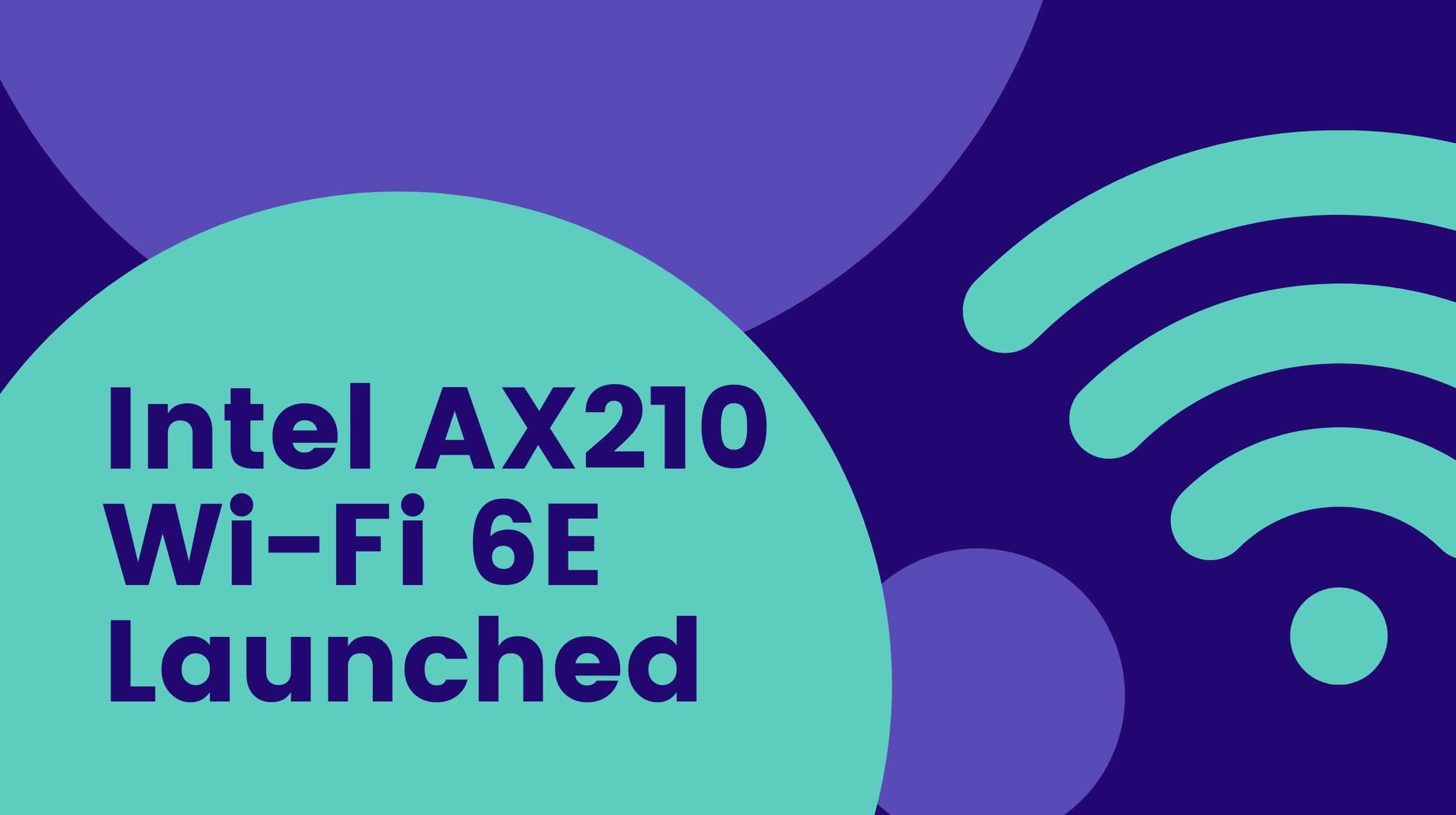



And for the gamers out there, ASUS sells a killer router that optimizes your gaming PC or console’s internet connection. Companies like Linksys and Netgear sell mesh Wi-Fi 6E systems that provide whole-home coverage, even in very big homes. There aren’t a lot of Wi-Fi 6E routers to choose from, but the available options are pretty compelling. Which Wi-Fi 6E Router Should You Buy? ASUS
#WIFI 6E ROUTER PRO#
And if you need a new router today, a cheaper Wi-Fi 6 router is probably the best solution. Google has announced the rumoured new Nest Wifi Pro router, which adds support for the speedy and robust Wi-Fi 6E standard, which stands for Wi-Fi 6 extended. But for the average person, I suggest holding out a year or two before investing in Wi-Fi 6E. If you’re a tech enthusiast who likes to own all the latest and greatest stuff, the answer should be pretty clear. Netgear Nighthawk Tri-Band Wi-Fi 6E Router (RAXE500) Review 4.0 Excellent 529.99 at Amazon See It We are starting to see a few Intel-based laptops. Should you buy an expensive Wi-Fi 6E router and be the first person in your neighborhood to enjoy the tech? Or should you wait a few years, at which point 6GHz Wi-Fi support will be common and Wi-Fi 6E routers will cost less? TP-Link Archer AXE7800 Tri-Band Wi-Fi 6E Multi-Gig Router, 2.5 Gbps Port New Congestion-Free 6 GHz Band Provides High-Speed Connections 2. In addition to lowering a routers latency to create faster network response, Wi-Fi 6e added more. So, you need to decide which path to go down. The Wi-Fi 6e specification made its debut on consumer devices in the spring of 2021. Only a handful of manufacturers sell routers that support the standard, and not all phones or laptops work with the exclusive 6GHz spectrum. Here’s the catch Wi-Fi 6E is a next-gen wireless internet technology. Should You Wait to Buy a Wi-Fi 6E Router? Linksys Previously, you would need a strong mmWave 5G connection to reach these wireless internet speeds on a phone or laptop. The FCC predicts that this dramatic drop in interference will provide wireless speeds up to 2GBps in some homes and practically eliminate network congestion. In effect, Wi-Fi 6E is much less prone to interference than last-gen or current-gen standards. That’s an additional 7 or 8 streams, each with a much wider spectrum (about 150MHz) than what you get with Wi-Fi 5 or Wi-Fi 6. While the technology isn’t set in stone just yet, the 6GHz channel should add about 1,200MHz of spectrum to your network. Wi-Fi 6E is the next-gen wireless standard, offering support for the newly-opened 6GHz channel. In effect, Wi-Fi 6 can reduce network congestion and may improve wireless speeds by around 30% in some homes.īut we’re looking to the future. The current-gen Wi-Fi 6 standard still operates on just 400MHz of spectrum and has the same theoretical speeds as Wi-Fi 5, but it offers 12 simultaneous streams for your devices. For most people, this is where Wi-Fi 6 comes in.


 0 kommentar(er)
0 kommentar(er)
